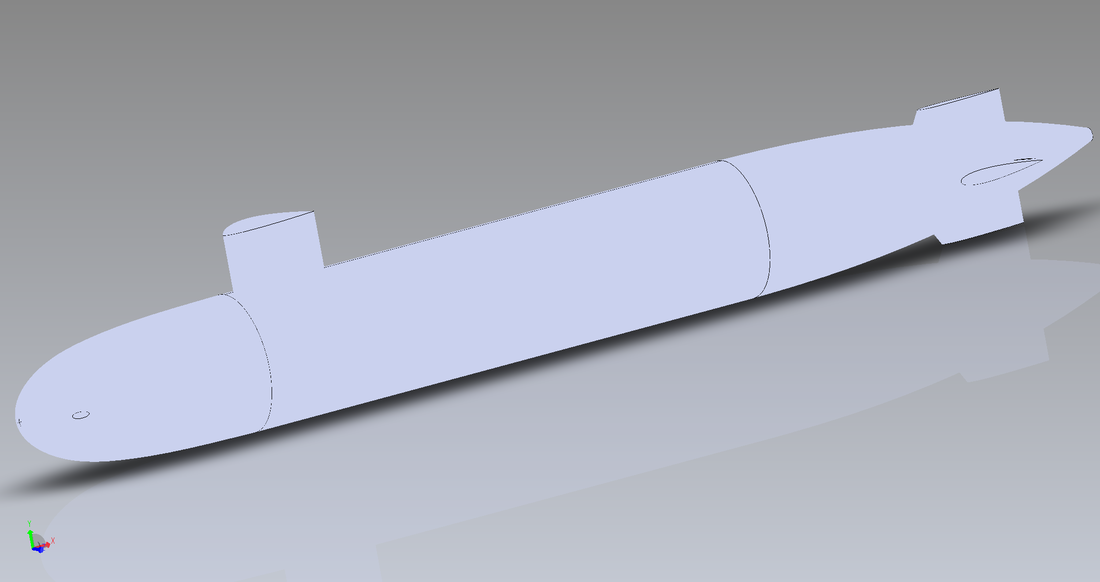Submarine hydrodynamicsSubmarine is a critical and strategic component of Naval warfare. It's main advantage is the ability to conduct mission underwater and undetected. Submarine is optimised to operate in silence, hence there have been many efforts to increase this capability. This includes a more efficient and streamlined sail, rear and front stabiliser, propellers, etc.
|
